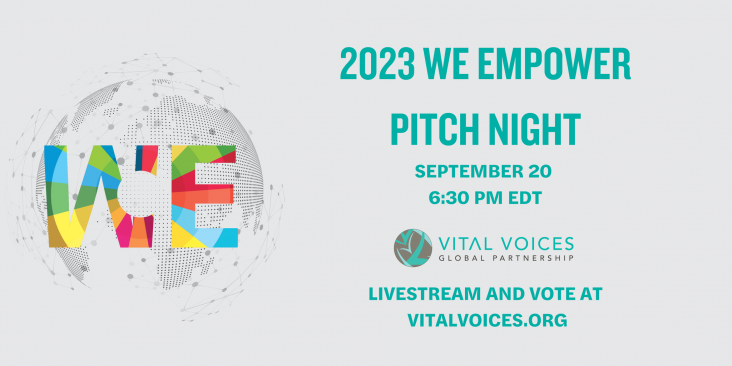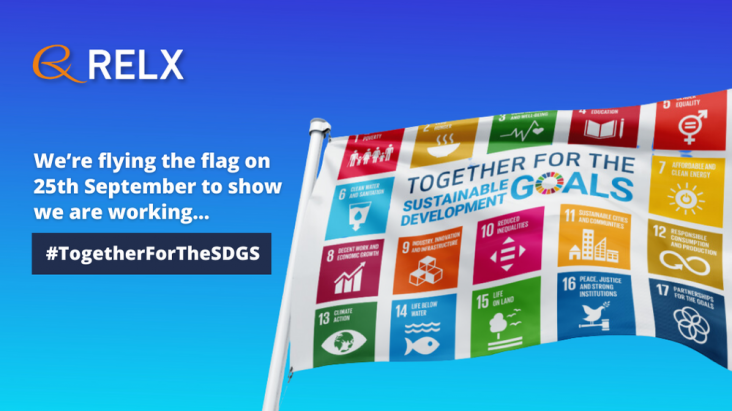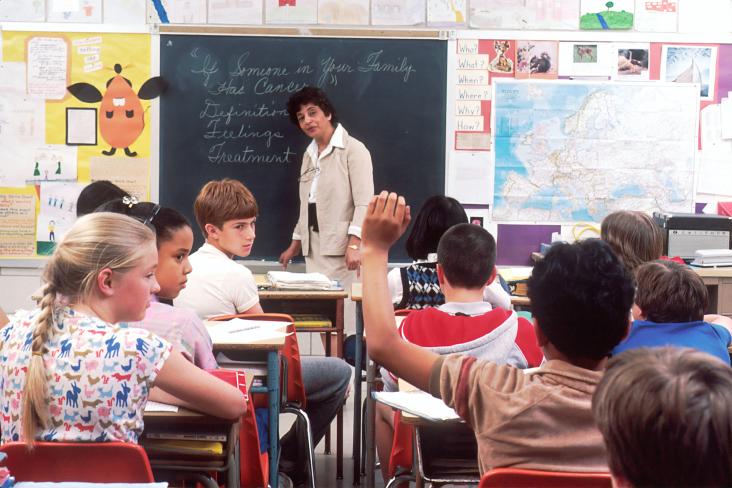UN's Summit of the Future 2024: Paving the Path for SDG Resources

WE Empower Pitch Night, hosted by Diane von Furstenberg, will be a dynamic evening event bringing together top business leaders, the media and other key influencers to participate in an innovative

As we enter the ninth year since the adoption of the UN Sustainable Development Goals (SDGs) in 2015, the pressing need to meet these ambitious objectives becomes ever more evident.
This article advances SDG # 3, 4, 8, 10 and 13 by compiling evidence showing that climate change and its various consequences can adversely affect brain development in the fetal through the early childhood stages. Long-term consequences on health, education and economies are significant. T

Recognising our customers' exceptional work to achieve the United Nations' Sustainable Development Goals
The article highlights the Indigenous approaches to conflict resolution vary considerably from society to society.
The article highlights the development schemes implemented by the Malaysian government to eradicate poverty.



